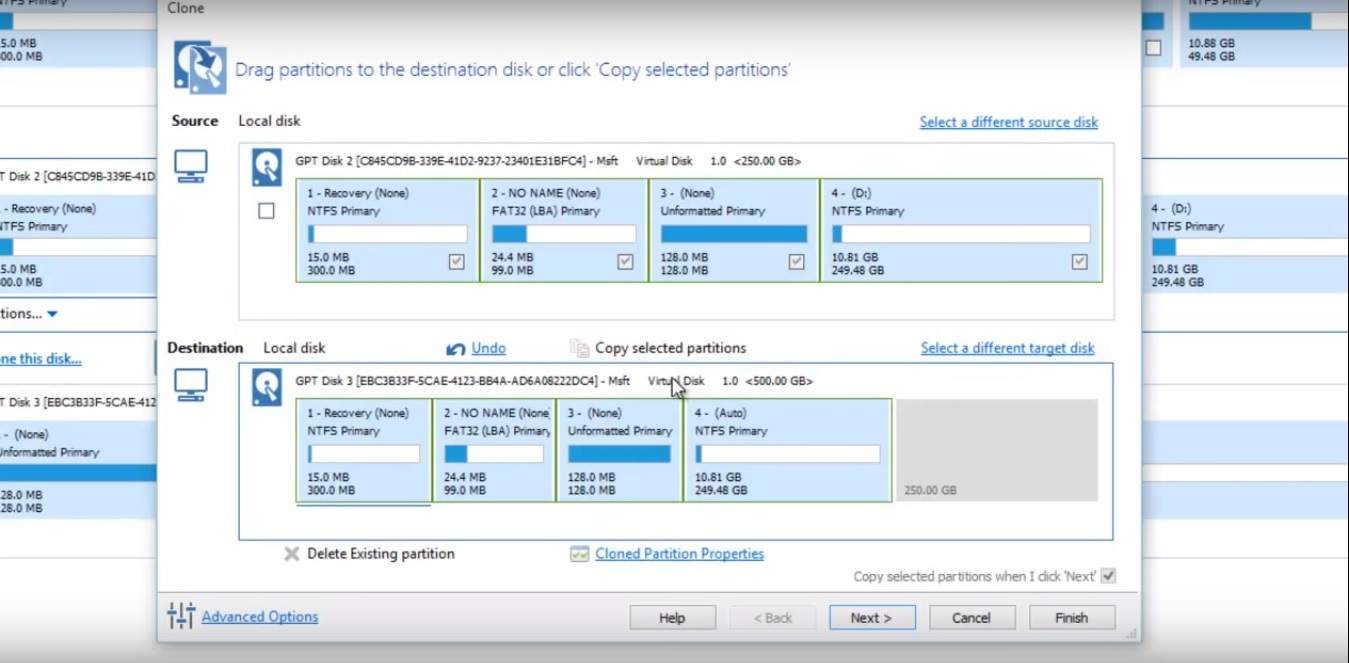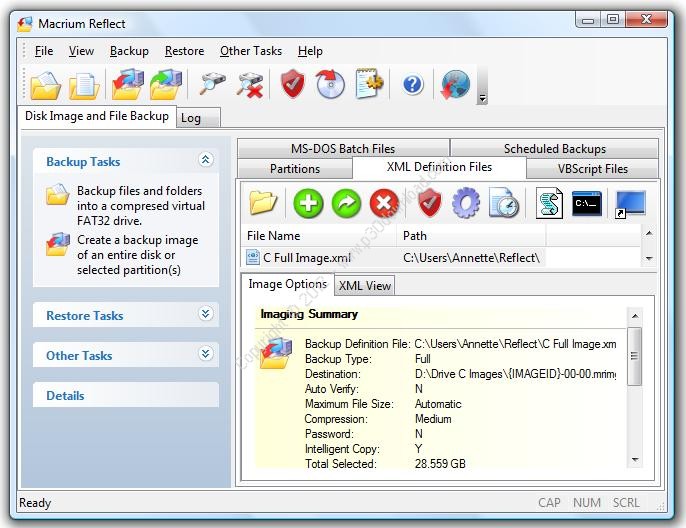

If you are about to restore a device, do not interrupt the process as it can cause the backup to fail, making the device unbootable. The time to finish the restoration will depend on the amount of data and hardware configuration. To restore a backup on Windows 10, use these steps:Īfter you complete the steps, the recovery process will start on the computer. If you need to replace the hard drive or hardware failure occurs, you can use one of the backups to recover the device and files. How to restore a backup with system image tool on Windows 10 If you have valuable data, you may want to consider keeping the backup in a different physical location. While the backup is in progress, you can continue working on the device since it uses the "Shadow Copy" feature to backup files even if files are open and apps are running.Īfter the process is complete, you can disconnect and store the external drive in a safe place. Once you complete the steps, the tool will create an image of the entire system that includes everything on the primary hard drive and other drives you may have selected.

If you have to restore the machine, you can use a USB installation media to access the recovery enviroment. Quick note: You'll also receive a prompt to create a system repair disc, but because most devices no longer include an optical drive, you can skip it.

Usually, you will find this tool better suited to restore the entire system from critical hardware or software problems, such as hard drive failure or when trying to roll back to a previous version of Windows 10. However, if you do not want to use manual methods or third-party tools, you can always create a full backup using the legacy built-in System Image Backup tool.Ī system image is another way to say "full backup," as it contains a copy of everything on the computer, including the installation, settings, apps, and files.

For example, you can use third-party solutions to backup the entire system or copy files to an external drive manually or upload them to a cloud storage service like OneDrive. If you use Windows 10, you have many different methods to create a backup. If you are not proactively creating full backups, you will be putting at risk documents, priceless pictures, and configurations you have spent long hours setting up. As part of your recovery plan, a full backup should be at the top of your list since it is the best strategy against hardware failure, and apps and upgrade problems, as well as malware attacks that can corrupt your files and damage your Windows 10 installation.


 0 kommentar(er)
0 kommentar(er)
